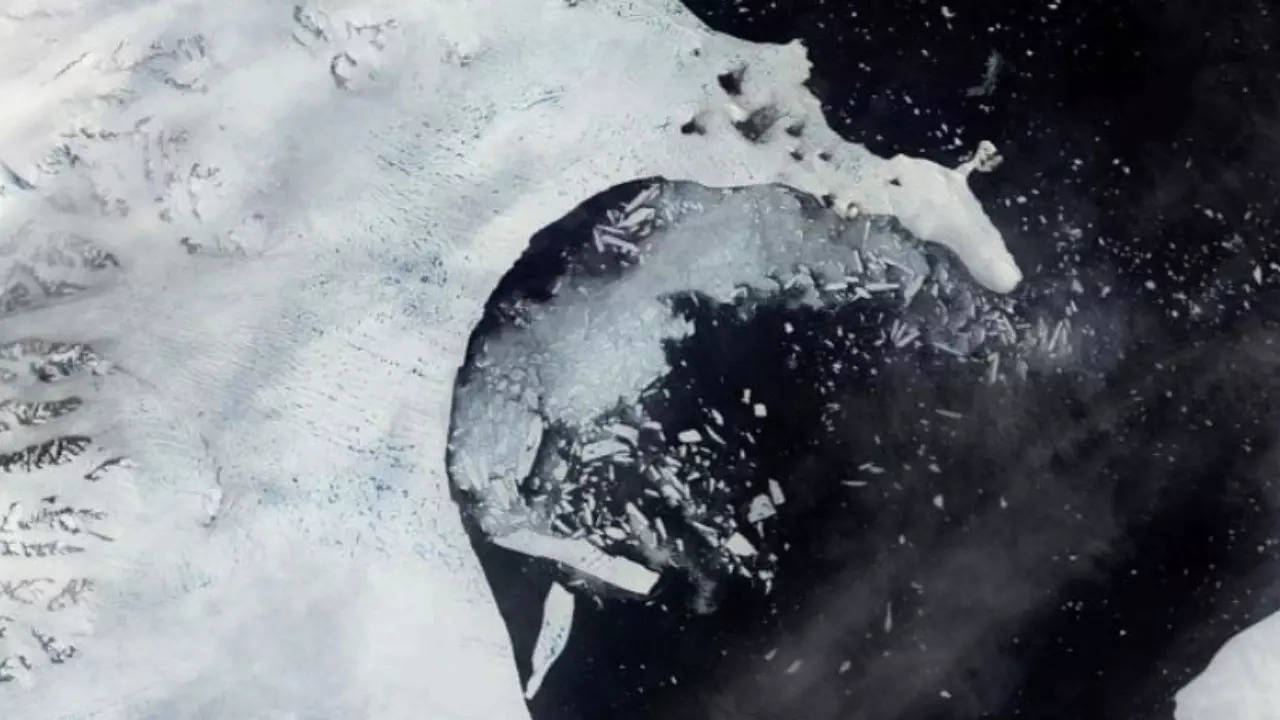When the three orbiters – Terra, Aqua and Aura – are powered down, much of the data they’ve been collecting will end with them, and newer satellites won’t pick up all of the slack. Researchers will either have to rely on alternate sources that might not meet their exact needs or seek workarounds to allow their records to continue. With some of the data these satellites gather, the situation is even worse: No other instruments will keep collecting it.
In a few short years, the fine features they reveal about our world will become much fuzzier.”Losing this irreplaceable data is simply tragic,” said Susan Solomon, an atmospheric chemist at the Massachusetts Institute of Technology. “Just when the planet most needs for us to focus on understanding how we are affected by it, and how we are affecting it, we seem to be disastrously asleep at the wheel.”
The main area we’re losing eyes on is the stratosphere, the all-important home of the ozone layer. Across the stratosphere’s cold, thin air, ozone molecules are constantly being formed and destroyed, tossed and swept, as they interact with other gases. Some of these gases have natural origins; others are there because of us. An instrument on Aura, the microwave limb sounder, gives us our best line of sight into this seething chemical drama, said Ross J. Salawitch, an atmospheric scientist at the University of Maryland. Once Aura is gone, our vision will dim considerably.
Recently, data from the microwave limb sounder has been proving its worth in unexpected ways, Salawitch said. It showed how much damage was done to ozone by the devastating wildfires in Australia in late 2019 and early 2020, and by the undersea volcanic eruption near Tonga in 2022. It helped show how much ozone-depleting pollution was getting lofted into the stratosphere over East Asia by the region’s summer monsoon.
If it weren’t going offline so soon, the sounder might also help unravel a big mystery, Salawitch said. “The thickness of the ozone layer over populated regions in the Northern Hemisphere has hardly changed over the last decade,” he said. “It should be recovering. And it’s not.”
Jack Kaye, the associate director of research at Nasa’s Earth Science Division, acknowledged researchers’ concerns about the end of the sounder. But he argued that other sources, including instruments on newer satellites, on the International Space Station and here on Earth, would still provide “a pretty good window into what the atmosphere is doing.” Financial realities force Nasa to make “tough decisions,” Kaye said.
To scientists who study our changing planet, the difference between the same data and almost the same data can be vast. They might think they understand how something is evolving. But only by monitoring it continuously, in an unchanging way, over a long stretch of time, can they be confident about what’s going on. Even a short break in the records can create problems.
Last year, Nasa canvassed scientists for thoughts on how the end of Terra, Aqua and Aura would affect their work. Over 180 answered the call. Even if there are alternate sources for this information, the scientists wrote, they might be less frequent, or of lower resolution, or limited to certain times of day, all factors that shape how useful the data is.
The end of Terra and Aqua will affect the way we monitor another important driver of our climate: how much solar radiation the planet receives, absorbs and bounces back to space. The balance between these amounts determines how much Earth warms or cools. And to understand it, scientists rely on the instruments of Nasa’s Clouds and the Earth’s Radiant Energy System, or CERES. Right now, four satellites are flying with CERES instruments: Terra, Aqua, plus two newer ones that are nearing their end. nyt
function loadGtagEvents(isGoogleCampaignActive) { if (!isGoogleCampaignActive) { return; } var id = document.getElementById('toi-plus-google-campaign'); if (id) { return; } (function(f, b, e, v, n, t, s) { t = b.createElement(e); t.async = !0; t.defer = !0; t.src = v; t.id = 'toi-plus-google-campaign'; s = b.getElementsByTagName(e)[0]; s.parentNode.insertBefore(t, s); })(f, b, e, 'https://www.googletagmanager.com/gtag/js?id=AW-877820074', n, t, s); };
function loadSurvicateJs(allowedSurvicateSections = []){ const section = window.location.pathname.split('/')[1] const isHomePageAllowed = window.location.pathname === '/' && allowedSurvicateSections.includes('homepage')
if(allowedSurvicateSections.includes(section) || isHomePageAllowed){ (function(w) { var s = document.createElement('script'); s.src="https://survey.survicate.com/workspaces/0be6ae9845d14a7c8ff08a7a00bd9b21/web_surveys.js"; s.async = true; var e = document.getElementsByTagName('script')[0]; e.parentNode.insertBefore(s, e); })(window); }
}
window.TimesApps = window.TimesApps || {}; var TimesApps = window.TimesApps; TimesApps.toiPlusEvents = function(config) { var isConfigAvailable = "toiplus_site_settings" in f && "isFBCampaignActive" in f.toiplus_site_settings && "isGoogleCampaignActive" in f.toiplus_site_settings; var isPrimeUser = window.isPrime; if (isConfigAvailable && !isPrimeUser) { loadGtagEvents(f.toiplus_site_settings.isGoogleCampaignActive); loadFBEvents(f.toiplus_site_settings.isFBCampaignActive); loadSurvicateJs(f.toiplus_site_settings.allowedSurvicateSections); } else { var JarvisUrl="https://vsp1jarvispvt.indiatimes.com/v1/feeds/toi_plus/site_settings/643526e21443833f0c454615?db_env=published"; window.getFromClient(JarvisUrl, function(config){ if (config) { loadGtagEvents(config?.isGoogleCampaignActive); loadFBEvents(config?.isFBCampaignActive); loadSurvicateJs(config?.allowedSurvicateSections); } }) } }; })( window, document, 'script', );



